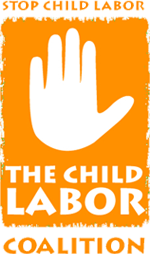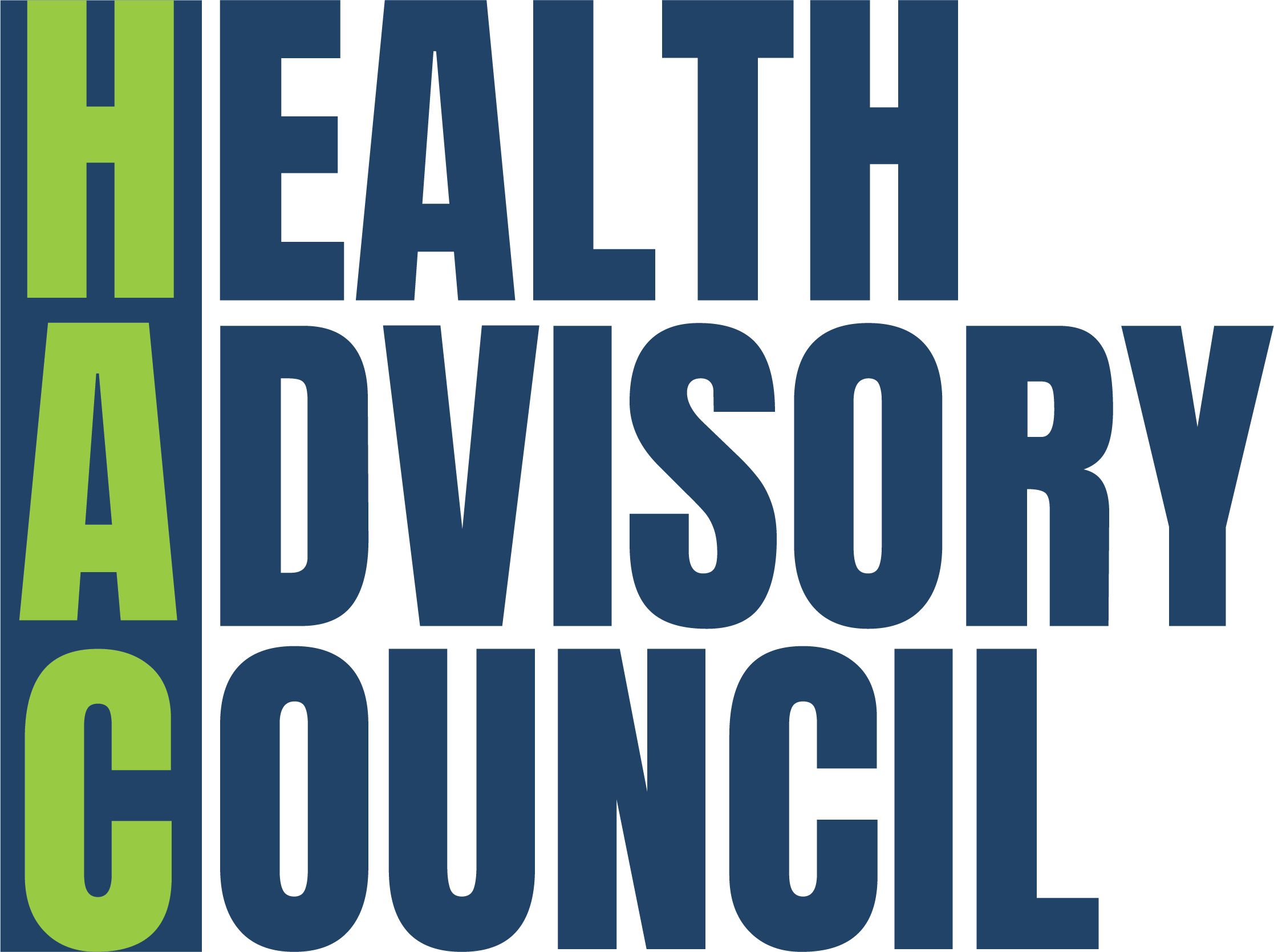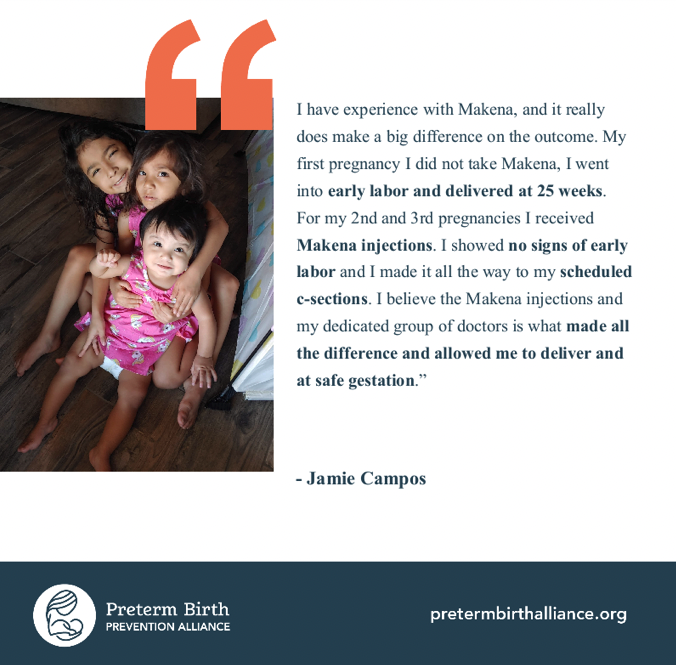Beware of pomegranate seeds as Hepatitis A outbreak spreads – National Consumers League
But, in the meanwhile, let’s get the facts straight. What’s Hepatitis A? Hepatitis A is a virus that causes liver disease. The virus is typically spread through the ingestion of fecal matter, usually through contaminated food or close contact with an infected person. What’s been done? The business community responded quickly. Costco, which had sold the Townsend Farms Organic Antioxidant Blend to over 240,000 customers since February, has been calling customers to notify them of the outbreak. They have also announced the recall and pulled the product off of their shelves. The Coordinated Outbreak Response and Evaluation (CORE) Network, an FDA-led team of state agencies, and the Centers for Disease Control and Prevention, have been working hard to trace the virus as well. So, could this outbreak have been prevented? It is likely that this outbreak could have been prevented through the implementation of the Food Safety Modernization Act (FSMA), which creates a food safety system more focused on prevention than response. The import portion of the law, which would help make imported foods meet the same food safety standards as the ones in the U.S., has yet to be implemented. If the rule had been put into effect, this outbreak could very easily have been prevented. Unfortunately, the rule has been stuck in the bureaucracy of government agencies and has not yet been released. Perhaps this tragic outbreak will provide the impetus the government needs to release this essential import rule before any more outbreaks occur.















